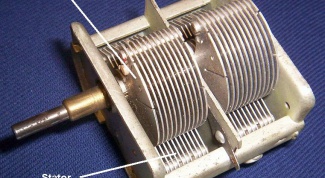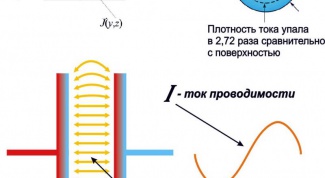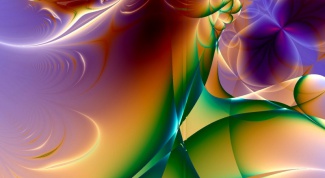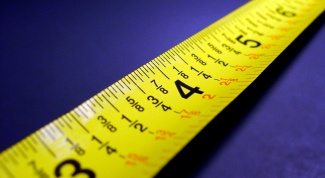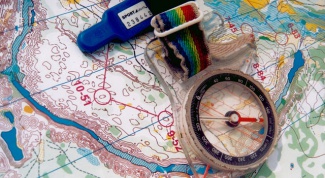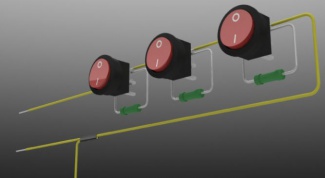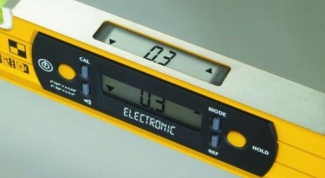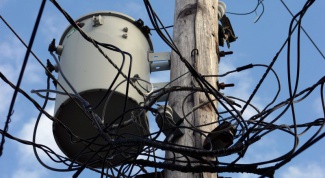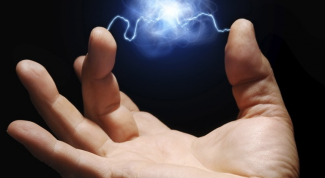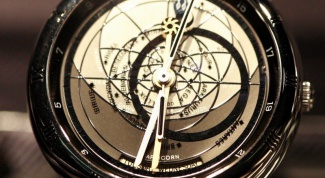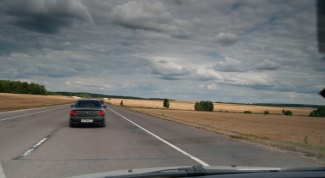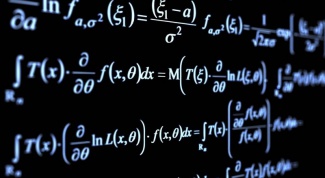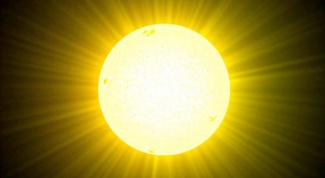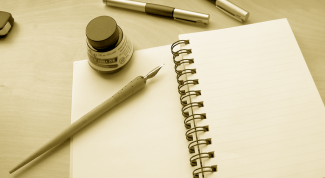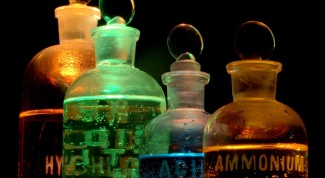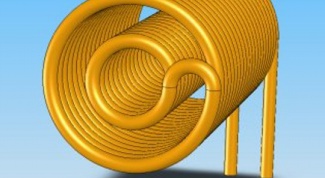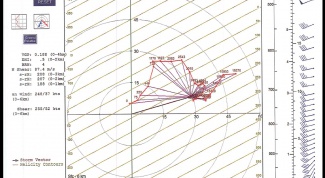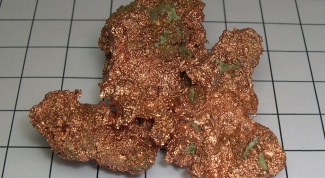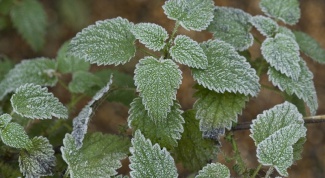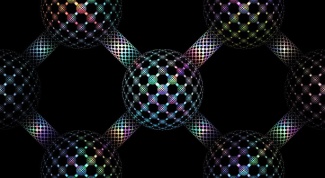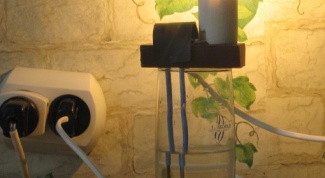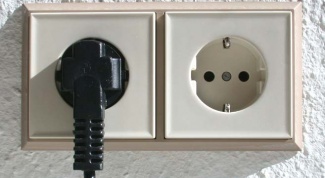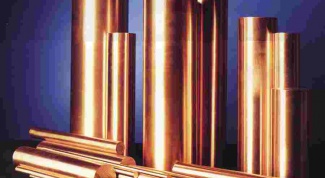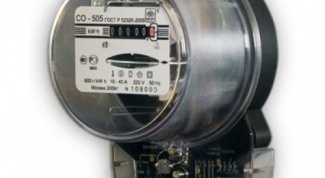Science
- How to produce electricity Electricity to consider the availability of space electric field, and electric current is an ordered motion of charged particles under its influence. To create the electric field, fill in the space of any electrified body. To produce an electrical current to attach to the conductor source with a certain electromotive force (EMF).
- What is the current density The current density in the wire indicates that this wire is electrically loaded. To avoid excessive losses or increased costs of wiring, the current density in it take an optimum and economic. For high frequencies (radio, TV) it is necessary to consider the additional electrodynamic effects.
- How to determine the yield stress The limit of fluidity is the magnitude of the mechanical load (stress) at which the material irreversible deformation, changes its size and shape. The amount of yield today is used for determining the qualitative characteristics of metals, steels. It affects the strength of metal structures, fasteners, and mechanisms.
- How to convert from kg to m The number of tasks you need to know in a piece of material what length is the specified weight. In this task, knowing the pounds, you need to find the meters. This translation requires knowledge of the linear density or ordinary density of the material.
- How to calculate directional angle Orientation in the field an important component of many professions. To do this, use maps and compasses. To determine the direction on the map for a specific object use directional angle and magnetic azimuth.
- How to measure the resistance of the resistor The resistor is one of the main elements of any electrical circuit. Its main purpose is to create a certain resistance. Resistance can be measured with special devices or to identify a special marking on the body of the resistor.
- How to get copper Copper (Cuprum) is a chemical element in the I-th group of the periodic system of Mendeleev, with atomic number 29 and atomic mass 63,546. Most often, the copper has a valence of II and I, at least – III and IV. In the periodic system copper is in the fourth period and group IB. This includes such metals of noble birth as gold (Au) and silver (Ag). Now we will describe the methods of obtaining copper.
- How to determine the angles of inclination of the plane In the production of various works on the country or the plot (laying various sites, paving slabs or paths) often have to stitch the oblique tracks site, located on different levels. It is necessary to carefully define and maintain the inclination angles of the plane on such sites.
- How to determine primary winding Is the primary winding of the transformer, which is supplied with alternating voltage from the outside. The other winding, whose voltage is supplied to the consumers are called secondary. To determine which of the windings is intended for use as a primary, it is possible experimentally.
- How to determine longitude and latitude If you find yourself away from civilization and were in an emergency situation, first of all you need to navigate the terrain. In some cases it is necessary to determine the geographic coordinates of its location, for example, to transmit their rescue service. There are several relatively simple ways to determine longitude and latitude.
- What is measured by the energy In the so-called International system of units of work, heat and energy are measured and denoted in joules. This name unit of measure was due to the work of the English physicist James Prescott Joule. Meanwhile, in certain areas of expertise to measure the energy used calories.
- What is a astrolabe The astrolabe is called one of the most ancient of astronomical instruments. There are several types of this device, but in any case, the principle of the astrolabe is a stereographic projection.
- How to reduce the octane number Octane number is a measure of detonation resistance of gasoline and other motor fuel. It is considered that the higher the octane number, the better the qualities of this fuel, and therefore, it will significantly affect engine operation. But there is often a need to reduce the octane number of motor fuel used.
- How to determine stopping distance Any motorist should be able to determine the braking path. From this often depends the safety of the driver and those in the car besides him. What is the braking path and how to define it, to avoid trouble on the road?
- How many elements in the periodic table The periodic law is the basis of modern chemistry and to explain the patterns of change of properties of chemical elements, was discovered by D. I. Mendeleev in 1869. The physical meaning of this law is revealed in the study of the complex structure of the atom.
- What is interpolation and extrapolation Extrapolation and interpolation is used to estimate hypothetical values of a variable based on third-party observations. There are many ways to use them, which are based on the General trend of the monitoring data. Despite the similarity in names, between them there is a big difference.
- What would happen if the Sun will go out According to the calculations of modern astronomers, the Sun will exist in its current form for another 5 billion years. Without it life on Earth cannot exist for a long time, and to emerge.
- How to determine the density of hydrogen Hydrogen (from the Latin for "Hydrogenium" - "feed water") is the first element of the periodic table. Widely distributed, exists in three isotopes – protium, deuterium and tritium. Hydrogen represents a light colorless gas (14.5 times lighter than air). In mixtures with air and oxygen is highly explosive. Used in chemical, food industry, and also as rocket fuel. Research is being conducted on the possibility of using hydrogen as fuel for automotive engines. The density of hydrogen (or any gas) can be defined in different ways.
- How to make ammonia Ammonia is widely used in industry and in everyday life. A solution of ammonia is called liquid ammonia. Ammonia is also used for the production of fertilizers and dyes. To him in various ways.
- How to make an inductor Coil inductance is a rolled into a spiral conductor, storing magnetic energy in a magnetic field. Without this element it is impossible to build neither a radio transmitter nor a radio receiver, for use of the device wired connection. And TV, to which many of us are so accustomed to, without coil inductance unthinkable.
- How to lower voltage If the voltage in the network exceeds the permissible limits, or simply unstable, in these cases it makes sense to try to lower it. For this purpose the best suitable transformer, but if you don't have it, then you can try to do it with improvised means.
- How to build a hodograph Construction of hodographs Mikhailov with the software package "Mathcad" is necessary in order to obtain a simple and intuitive tool for solving problems on the stability of automatic control systems. The Mikhailov criterion of stability – a characteristic that is a prerequisite for the functionality of any industrial robot or manipulator.
- How to oxidize copper Copper is one of the most valuable elements of the periodic Table used by man. Appearance – plastic, metal, a Golden-pinkish color. It is widely distributed in nature in the form of compounds, but there are nuggets. A big part is the production of electric wires and tubes, thanks to its exceptionally high electrical and thermal conductivity and also ductility, plasticity. Copper - inactive metal, but chemical reactions, including oxidized.
- Why nettle stings Nettle has unique healing properties and is also used for cosmetic procedures. But the collection of this plant can be difficult, as nature has protected the plant stinging spines.
- What types of crystal lattices In crystals of chemical particles (molecules, atoms or ions) arranged in a specific order, in certain conditions they form symmetrical polyhedrons. There are four types of crystal lattices — ion, nuclear, molecular, and metallic.
- What are the properties of electrolytes An electrolyte is a substance that can dissociate into ions. Depending on the degree of dissociation, electrolytes are divided into strong and weak. Dissociation of electrolytes may be held in solutions, melts, and even in the crystals of the electrolyte.
- Why 220 Volts Voltage 220V used in home power, is dangerous to life. Why not begin to organize in the homes of the 12-volt network and produce the corresponding electrical appliances? It turns out that such a decision would be very inefficient.
- How to distinguish copper This kresowaty metal has many amazing properties. There are times when copper is difficult to distinguish from other metal. It causes a lot of curiosities. Copper has unique qualities peculiar only to it. Therefore, it is necessary to know how to distinguish copper from the other metals.
- What is the isotropic dielectric The dielectric has a very large number of substances, which is very common in everyday life. It is important to know their General properties and application in order to comply with safety standards.
- How to convert kilowatt hours to kilowatts When measurement or calculations of physical quantities using the appropriate units. To avoid mistakes, in solving problems or in practical computing all values usually result in a single system of measurement. When you need to translate the watts into kilowatts or hours to minutes, the questions usually arise. But when you want to translate kilowatt hours to kilowatts, additional information is needed.
